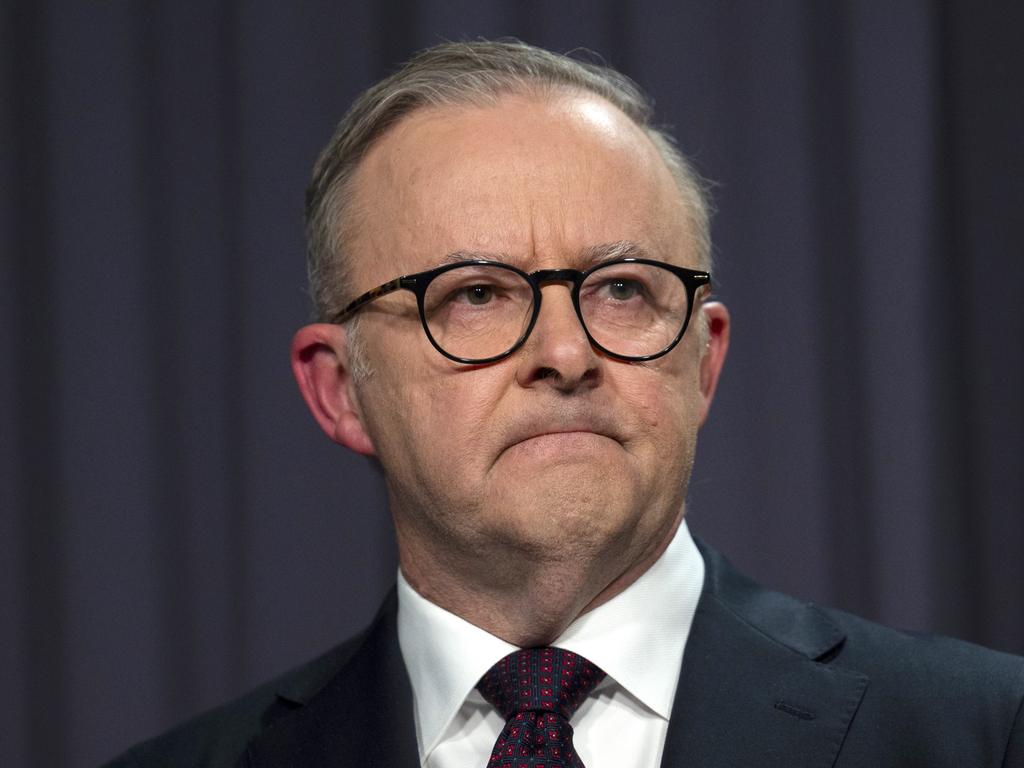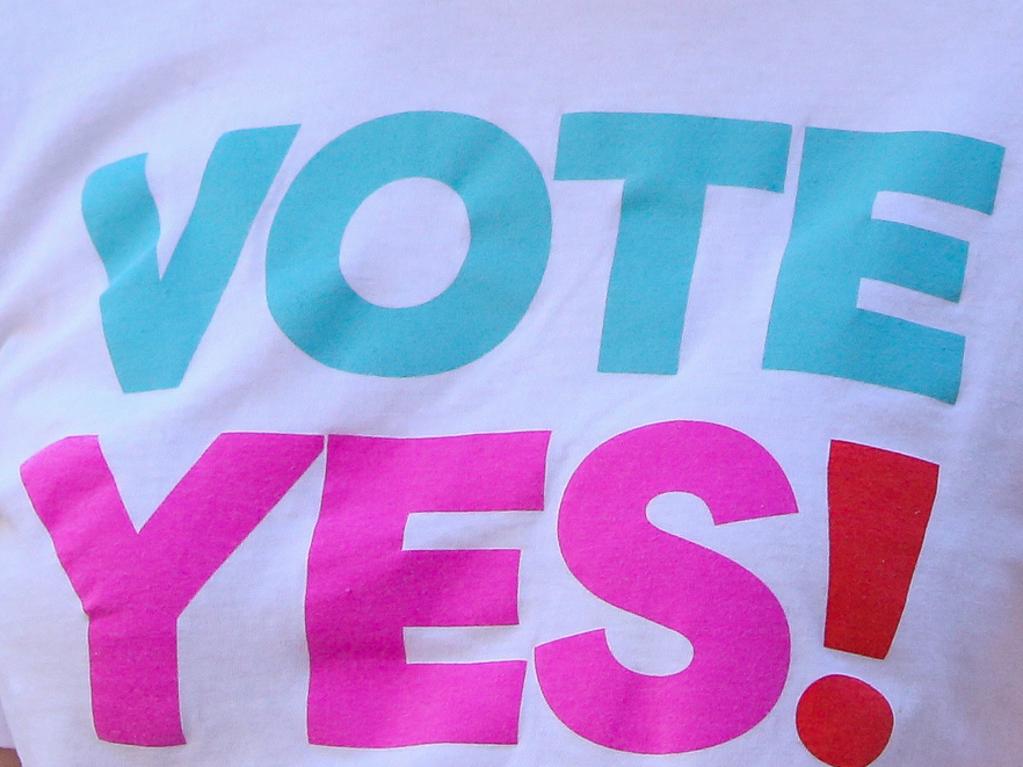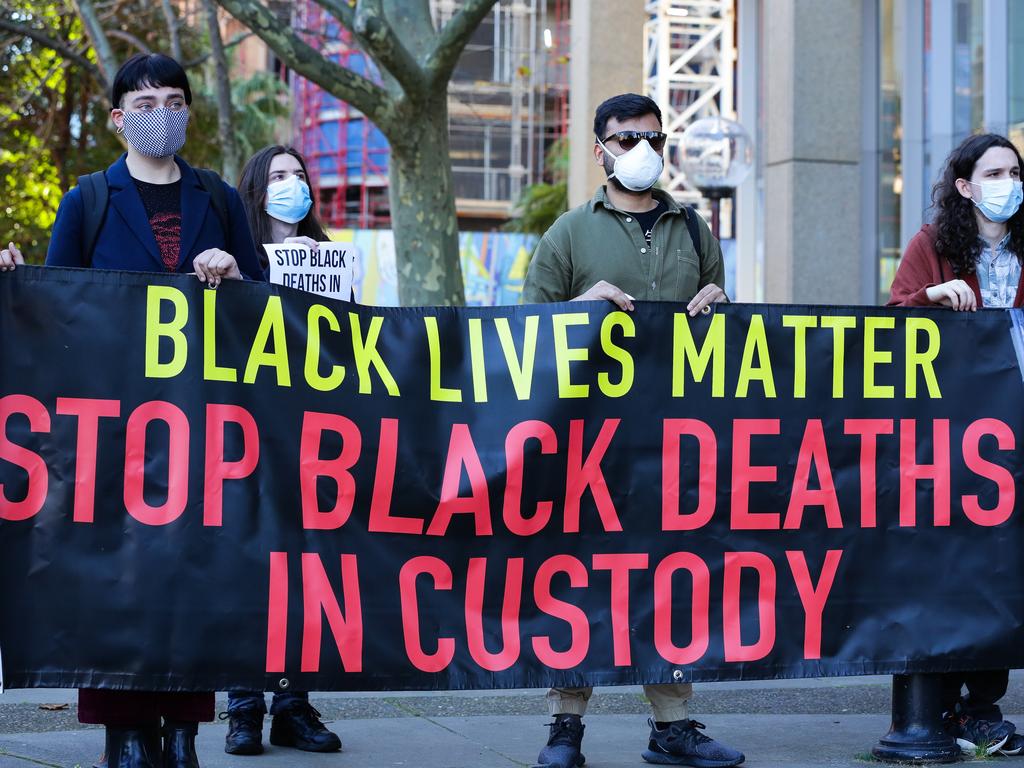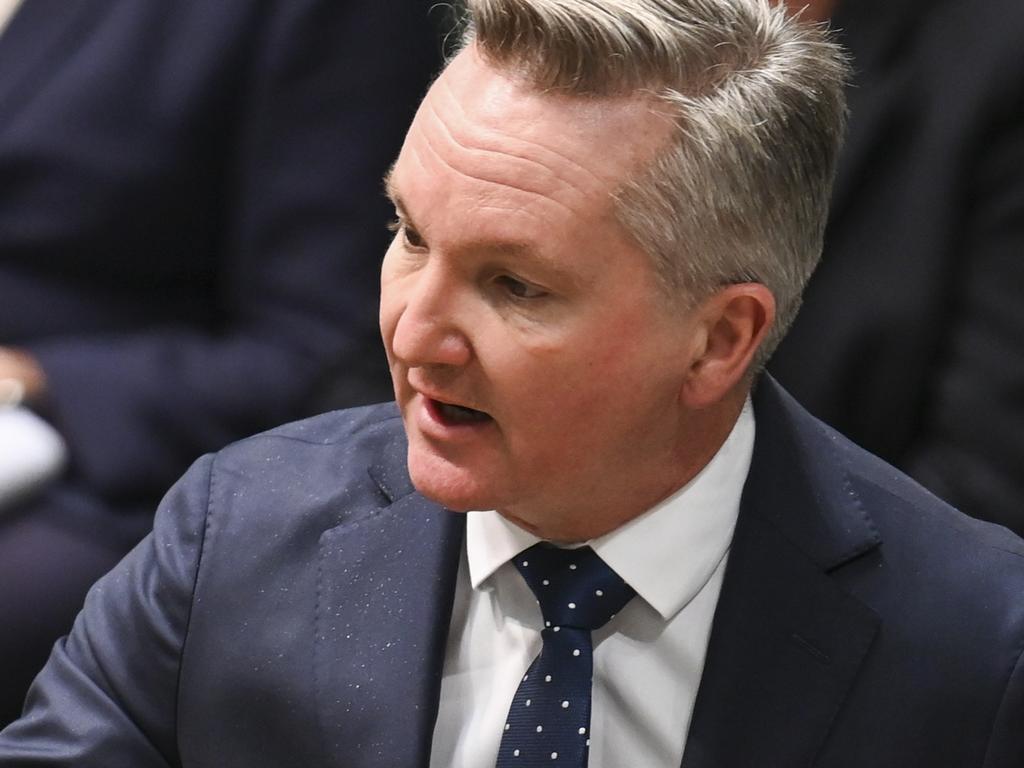Bread and butter politics
LAST July, then Opposition leader Kevin Rudd made what is now known as the "Cost of Living Speech" at Melbourne's Cranbourne Secondary College.
It is to be found on the ALP's website and is worth re-reading for the humbug it contains. With the Australian Bureau of Statistics yesterday releasing CPI figures showing that the cost of living has rocketed beyond the 2 to 3 per cent rate of inflation set by the Reserve Bank - to 4.2 per cent annually - it is apparent that Prime Minister Kevin Rudd's Labor Government has failed to keep its contract with ordinary working families and protect them from higher prices. Indeed, with a 1.3 per cent increase in the March quarter, it is necessary to go back some 13 years to find an equivalent rise in the CPI, except for the one-off jump with the introduction of the GST. Under the Rudd Government and in particular the incompetent stewardship of the Treasury by Rudd's Nambour High School mate Wayne Swan, the increase in the cost of living has rocketed beyond the expectations of most economists. The Rudd Government cannot play the blame game with this unpredicted hit on Australian consumers. The increase occurred on its watch and clearly demonstrates that, after nearly six months in office, it is as effective as a rabbit caught in headlights. In his Cranbourne speech, Rudd mentioned the prices of staples such as bread, milk and other grocery items and, of course, pledged to keep these basics affordable and ensure pressure was placed on inflation. That promise has proved as hollow as every other gesture by the Rudd Government - from the empty symbolism of signing the Kyoto Protocols to stage-managing last weekend's celebrity blather conference. The ordinary working families the Rudd Government promised to help on its election payed 2.4 per cent more for milk in the last quarter, 4 per cent more for bread, 3.4 per cent more for cheese, 4.9 per cent more for poultry, 5.2 per cent more for eggs, 6 per cent more for electricity, 4.5 per cent more for childcare, 13.1 per cent more for pharmaceuticals, 4 per cent more for health generally, 5.4 per cent more for fuel, 5.8 per cent more for pre-school and primary education and 6.6 per cent more for secondary education. And if you think that the March quarter may be an aberration, think again, because energy costs can only continue to soar under the Rudd Government's hare-brained commitment to ineffectual headline-grabbing international climate politics. When he was making his grandstanding address at Cranbourne Secondary College, Rudd said: "While the prices of many goods and services go up and down; over the past five years, families have generally seen the prices of everyday goods like bread, fruit and vegetables go up and up." Correct, and under his Government those prices have risen more sharply than they have at any time in recent memory. The Rudd Government attempted to deflect some of the anger felt by motorists at rising fuel prices by announcing last week that next December it would introduce a national FuelWatch scheme, based on a failed Western Australian model. Consumer Affairs Minister Chris Bowen, the Competition Minister, rolled out the plan with a great fanfare but it was no more than a populist distraction before the disastrous 2020 recycled ideas summit. The uselessness of the WA FuelWatch scheme was highlighted by a review yesterday of unleaded petrol prices around the country, assembled by the motormouth.com.au website which showed, in part, that in Sydney petrol was selling at a low of 135.7c per litre, an average of 140.8c and a high of 155.9c. In Melbourne, the low was 137.9c, the average was 140.7c and the high was 155.9c. Meanwhile, in Perth, where the Rudd Government's favoured price-watch scheme was in operation, the same fuel was selling at a low of 138.4c, an average of 145.4c and a high of 154.9c. That is, the Perth "low" was almost 3c per litre higher than in Sydney or Melbourne and the "average" was almost 5c per litre higher, and the "high" was just a little bit lower. Perhaps Bowen would like to explain why, contrary to his claims, the Perth "low" was so much higher than in Sydney and Melbourne, and why the average price was significantly higher when FuelWatch was supposed to bring about lower "low" and lower "average" prices? Last year Rudd sagely observed that "the increasing cost of living is felt most sharply by families at the local supermarket". Under his Government, those words are truer than ever. He said last July that "what this all means is that the dollar earned by Australian families is not going as far as it used to", again, true but it doesn't go as far as it did when the Howard government was in office. He also said then that "(increased prices) means that some may have to buy less, go without, or draw down on their savings. Or worse, go into debt". The difference between then and now is that it is no longer just "some" who have to buy less, or go without or draw down on their savings, or go into debt, it is more. It is more - more Australian working families, the people who Rudd said he was going to help, the people who believed him and voted for him and who are suffering now.






